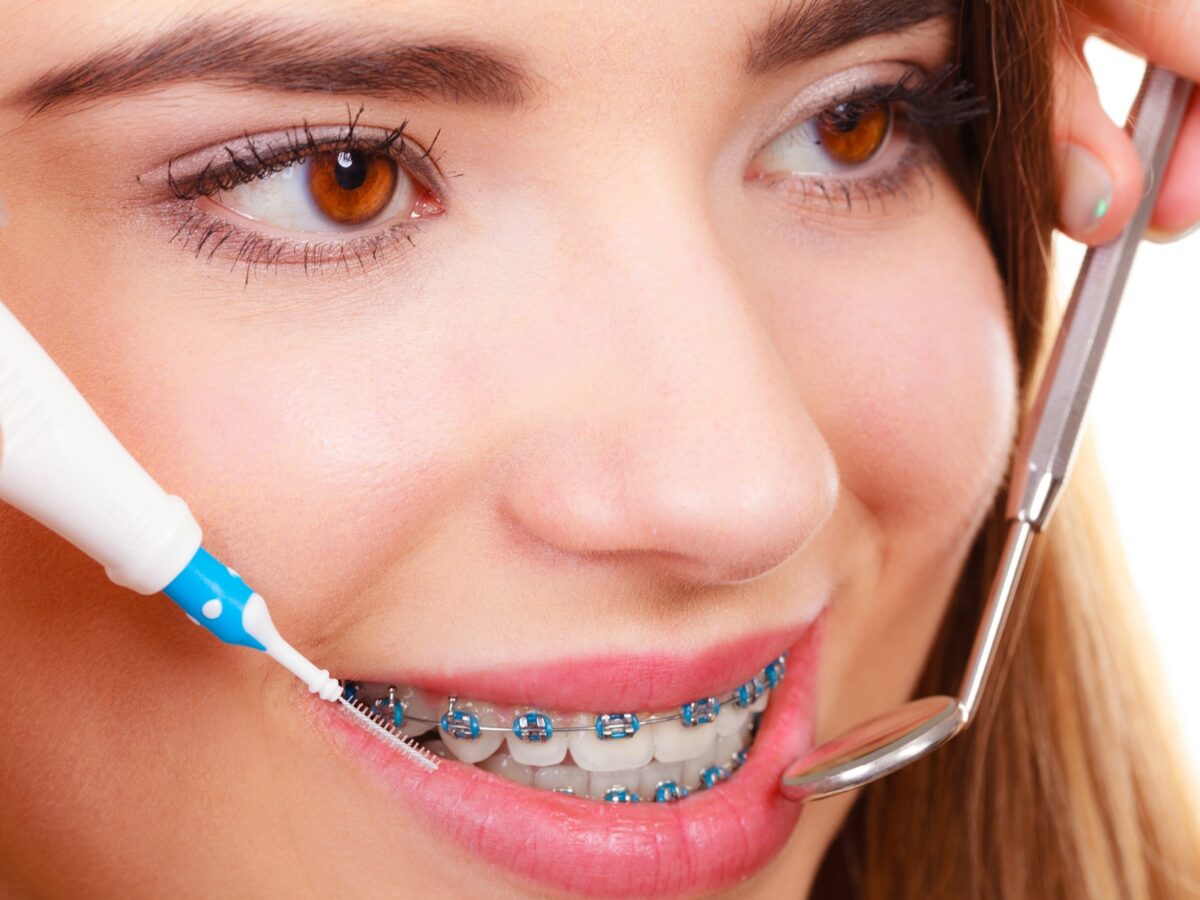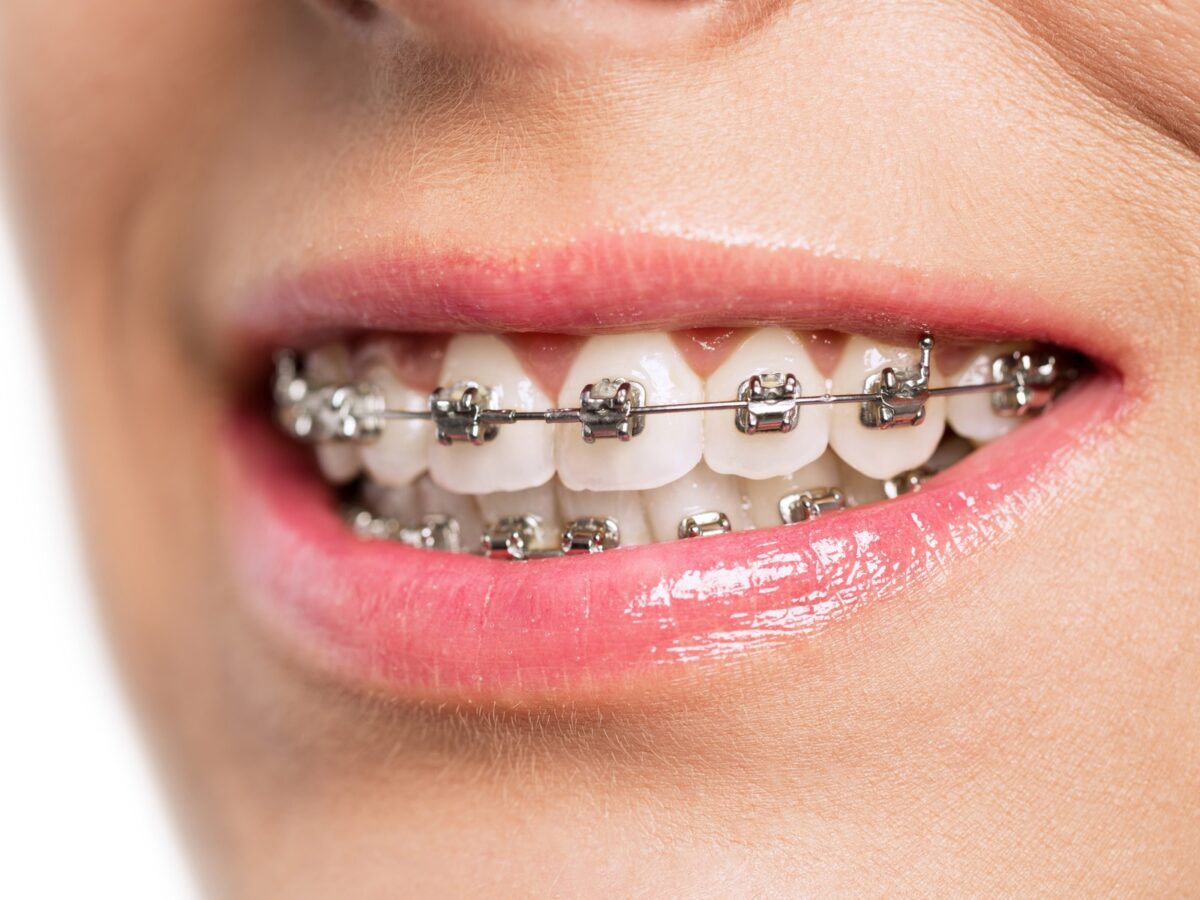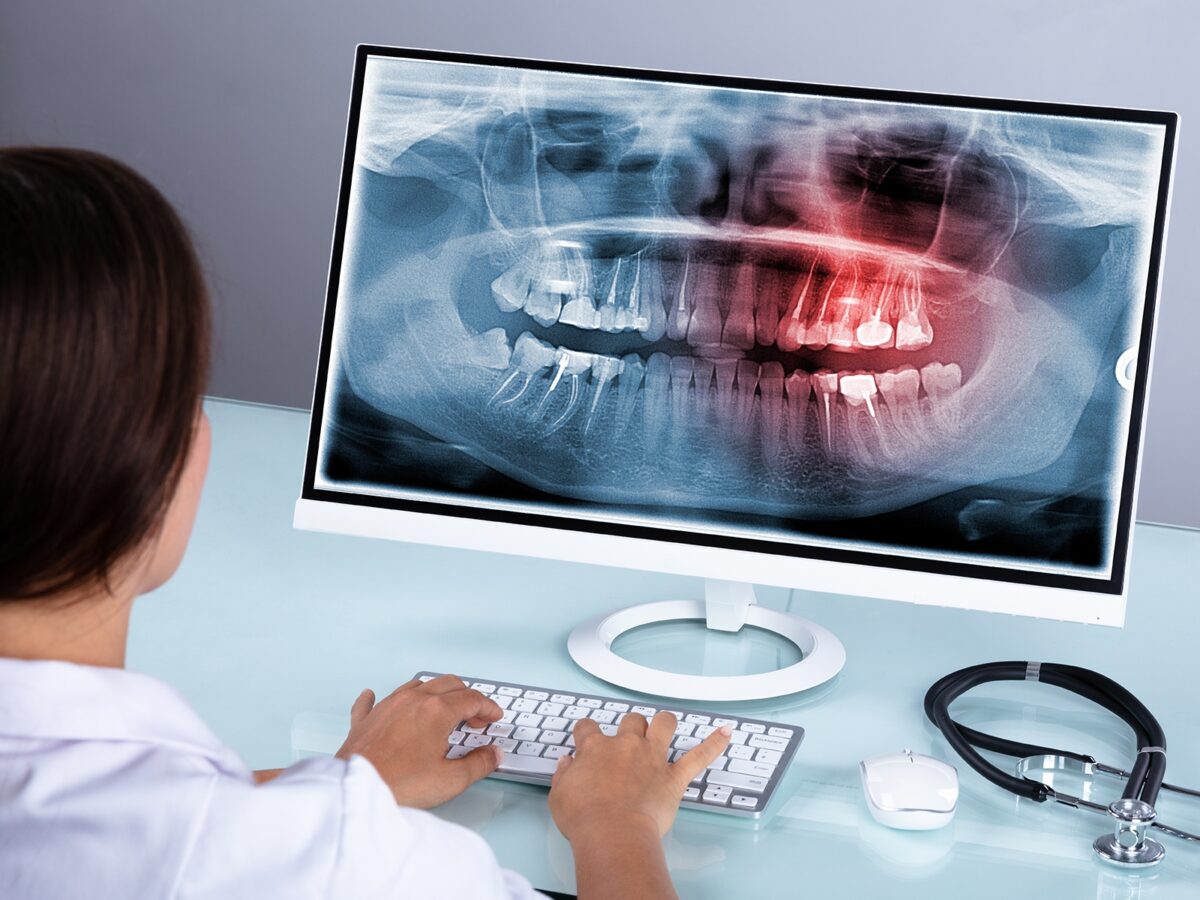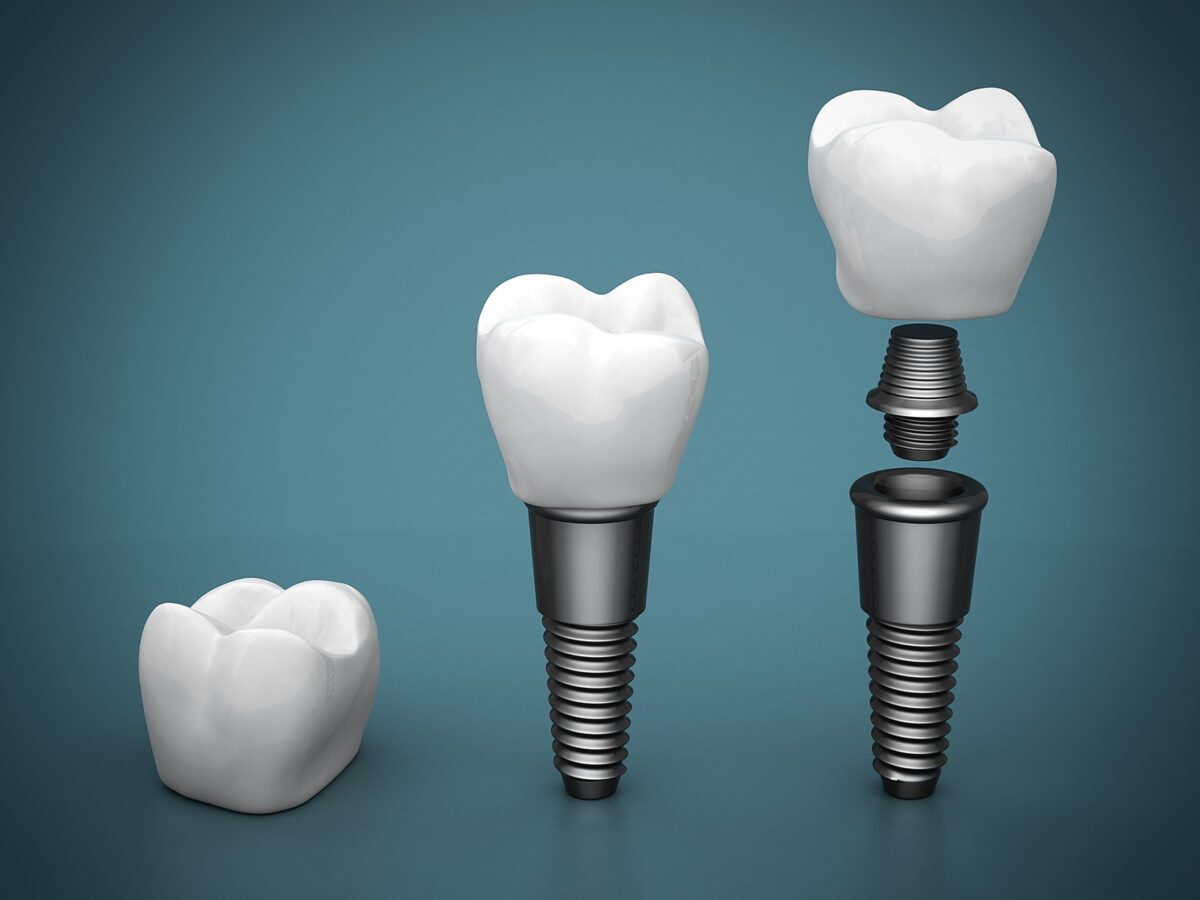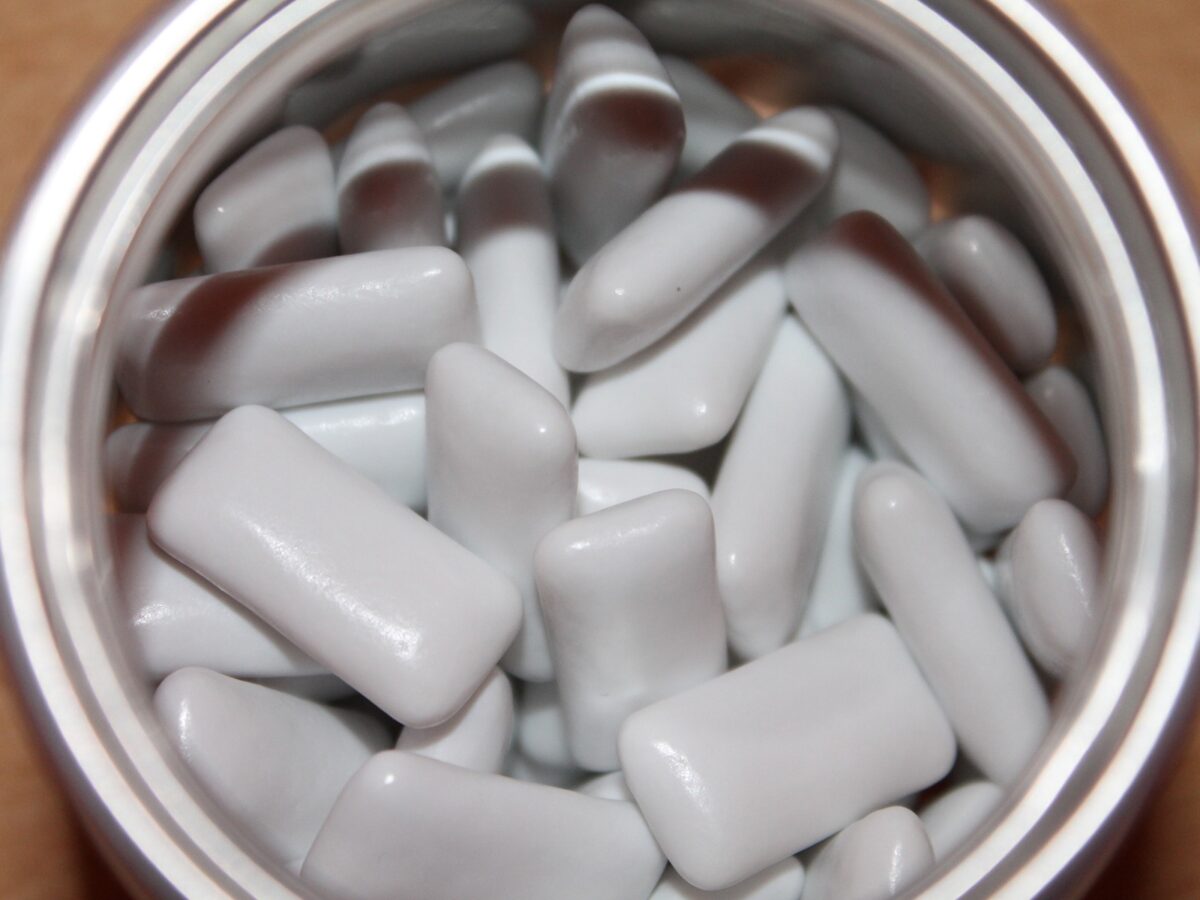A gummy smile is a smile that shows a lot of gum line, causing embarrassment and insecurity for those who have it.
Gummy smiles, also known as excessive gingival display, can be caused by a host of issues with your mouth like jaw development issues, incorrect bite, hyperactive or overly short upper lip, and orthodontic treatments.
After orthodontic treatment your teeth are straight and your smile is beautiful. Unfortunately, there are times when gums can be swollen and bleed during orthodontic treatment due to poor brushing and a genetic predisposition to having inflamed gums.
A long-lasting inflammation of your gums can lead to what is called gingival hyperplasia or gingival enlargement. Brushing and frequent cleanings during braces treatment are key to avoiding this issue.
Swollen gums make teeth look short, your gums can surround the braces causing cavities under this extra tissue. It is a common issue that needs to be resolved during and/or after braces. A periodontist is one that specializes in reducing your gummy smile during and after treatment.
Improved oral hygiene and prevention of gum disease are some of the things to keep in mind to treat gummy smiles.
The following are some of the dental treatments that can help treat gummy smiles.
- A dental treatment called gingivectomy will fix a gummy smile most of the time.
- Crown lengthening is yet another technique that is opted in the more severe cases.
- Root planing and scaling is also an option; in the process the dentist removes plaque from the tooth all the way to the root, including under the gum. Subsequent to scaling the teeth, your dentist will then, at that point, smooth out your tooth’s roots to help your gums reattach. This is a decent choice to both deep clean your teeth and change your gum line.
- Botox is also a popular option for treating gummy smiles. If the underlying cause of your gummy smile is a hyperactive upper lip, you have to go for botox. Whenever you inject Botox into your upper lip, it will restrict the range of movement for your upper lip, which will restrict the amount of your gums that show when you smile, ultimately helping reduce gummy smiles.
So the bottom line is if you wish to treat your gummy smile or the underlying issues that are causing your gummy smile, make sure to consult your dentist or orthodontist about your issues. They’ll be the right ones to discuss treatment options with you as well as determine whether your issue is purely aesthetic or if there’s an underlying issue.
Schedule your appointment with a dentist today and get the treatment on time!

